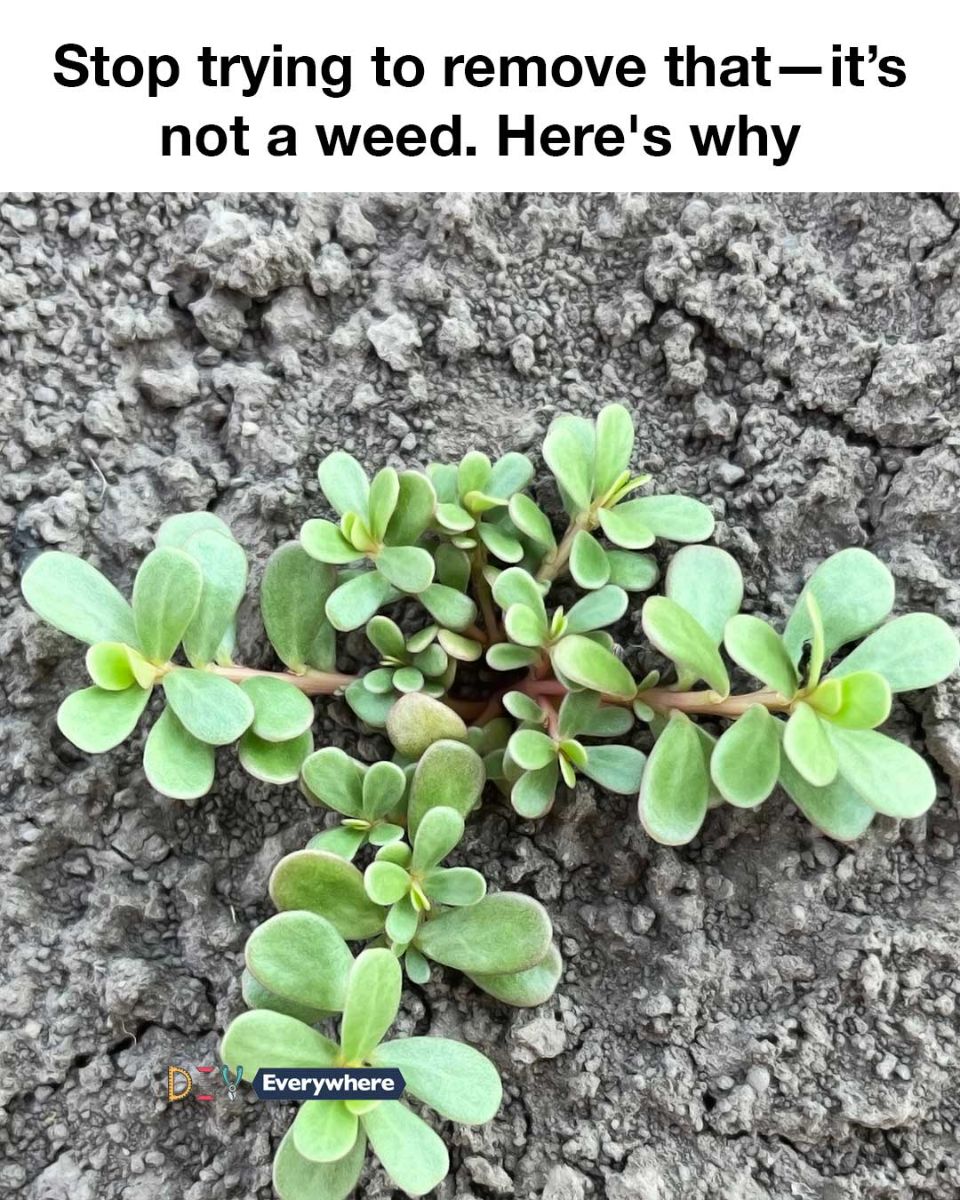5. The Culinary Uses of Purslane
Purslane’s slightly tangy, lemony flavor makes it a versatile ingredient in the kitchen. It can be used fresh in salads, adding a crisp texture and refreshing taste. Its leaves and stems can also be cooked, similar to spinach, and used in soups, stews, and stir-fries.
In many cultures, purslane is a staple ingredient. In Greek cuisine, it is often combined with yogurt and garlic to make a refreshing dip. In Mexican cuisine, it is used in traditional dishes such as ‘verdolagas con carne de puerco,’ a pork stew with purslane. Its culinary versatility makes it a valuable addition to any kitchen.
6. Purslane in Traditional Medicine
Purslane has been used in traditional medicine for centuries. It is believed to have anti-inflammatory and diuretic properties, making it useful for treating a variety of ailments. In traditional Chinese medicine, purslane is used to treat infections and skin conditions due to its cooling and detoxifying properties.
Research has shown that purslane contains compounds such as flavonoids and alkaloids, which may contribute to its medicinal effects. While more studies are needed to fully understand its potential health benefits, purslane’s long history of use in traditional medicine suggests it has valuable therapeutic properties.
7. Purslane’s Drought Resistance
One of purslane’s most remarkable traits is its drought resistance. Its succulent leaves store water, allowing it to survive in arid conditions where other plants might wither. This makes purslane an excellent choice for gardens in regions prone to drought or for gardeners looking to reduce their water usage.
By incorporating drought-resistant plants like purslane into your garden, you can create a more sustainable and resilient landscape. This not only conserves water but also reduces the need for irrigation, saving time and resources.
SEE NEXT PAGE
ADVERTISEMENT

